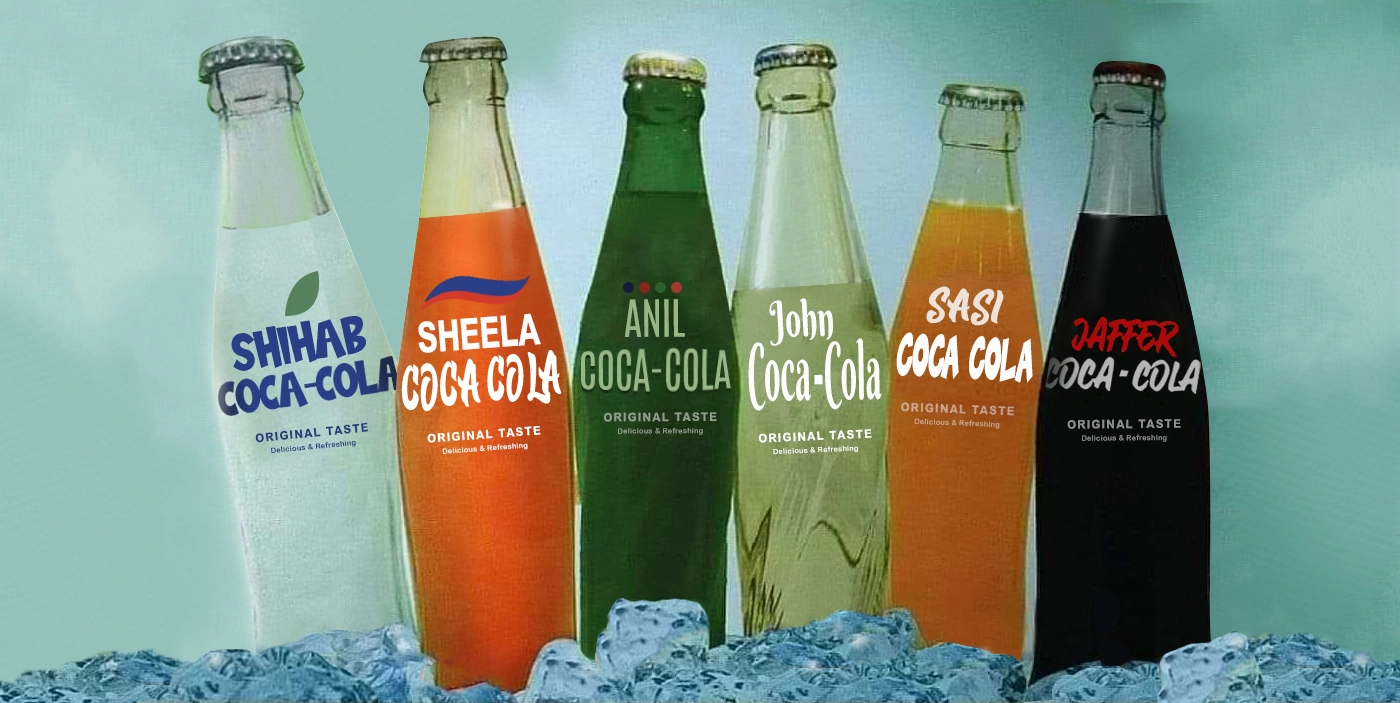Brand cloning - A rebranding challenge
faced by family-owned businesses in Kerala.
Imagine if the Coca-Cola brand were owned by several siblings or partners, and they chose to part ways, each retaining the right to the name while embarking on their own rebranding. Each would personalise the brand by adding their name as a prefix, like Thomas Coca-Cola, Jaffer Coca-Cola, Sasi Coca-Cola, Shihab Coca-Cola, and Sheela Coca-Cola.
This scenario mirrors the rebranding struggles of many family-owned businesses in Kerala, where brand confusion and lack of distinctiveness hinder their ability to stand out.
Despite substantial investments in rebranding and hefty media campaigns, many brands struggle to stand apart, finding themselves indistinguishable from one another, and trapped in a loop of brand confusion.
Numerous family-owned brands in Kerala share nearly identical names with only slight differences in their logos. Even the biggest brands sometimes become carbon copies of each other, blending into a landscape of homogeneity, leaving consumers perplexed.
Kerala is home to several such brands, some of which have expanded into national and multinational brands. Yet, they remain trapped in a branding crisis, earning Kerala the dubious title of "the clone's own country." Many family businesses in the state have been caught in a cycle of brand cloning.
The overlap in identity has turned many family-run businesses into little more than replicas of their competitors, where their efforts to stand out with mere attempts at logo redesign have only scratched the surface.
This branding crisis continues to plague Kerala's family businesses, presenting an ongoing dilemma that no simple logo change can fix. What is needed is a complete brand transformation and a reimagining of the brand.
Without a carefully crafted comprehensive branding plan and strategic shift in branding, it's tough to break free from this self-imposed cycle of imitation. The millions spent on promotion may only serve to strengthen the clones they aim to distance themselves from and confuse consumers, ultimately defeating the very purpose of their rebranding.
